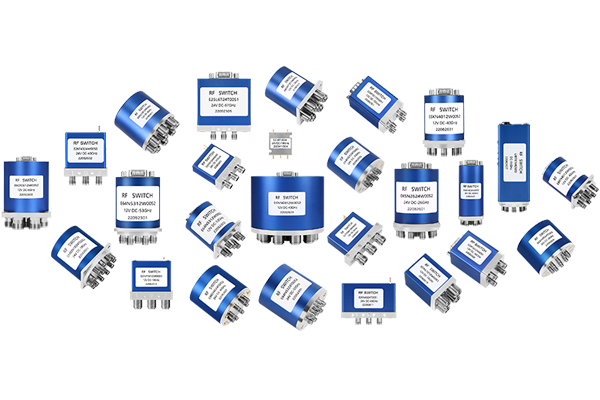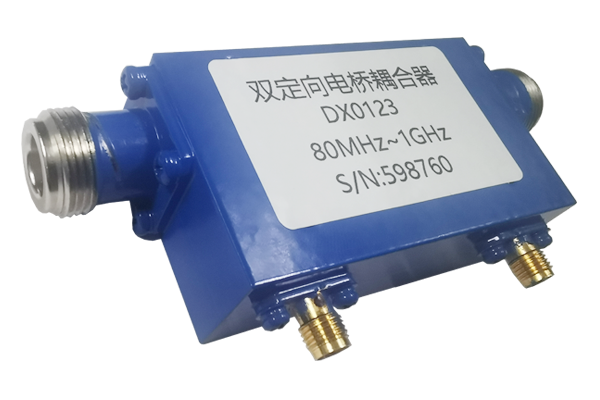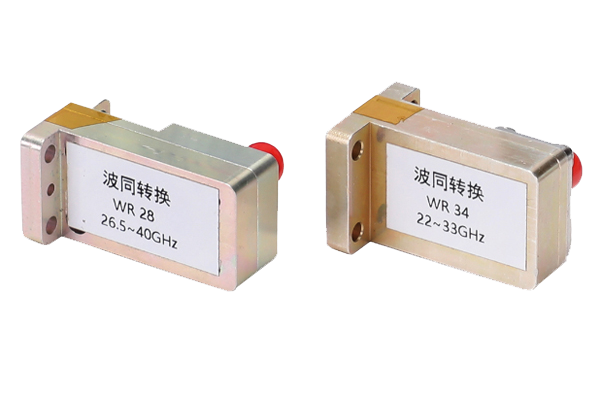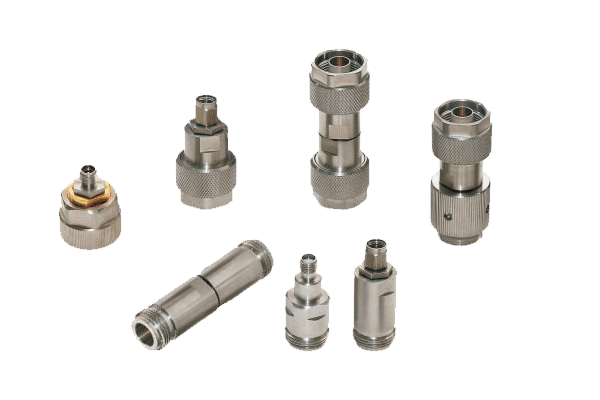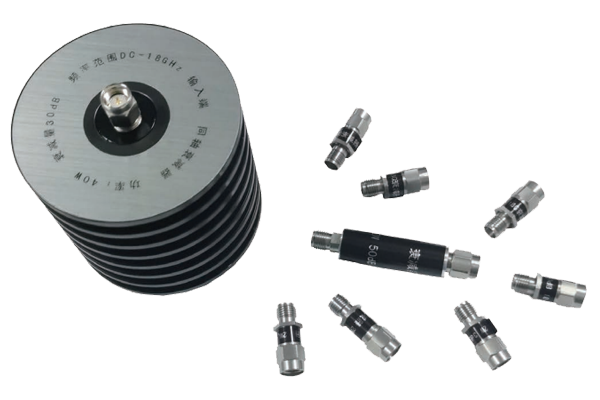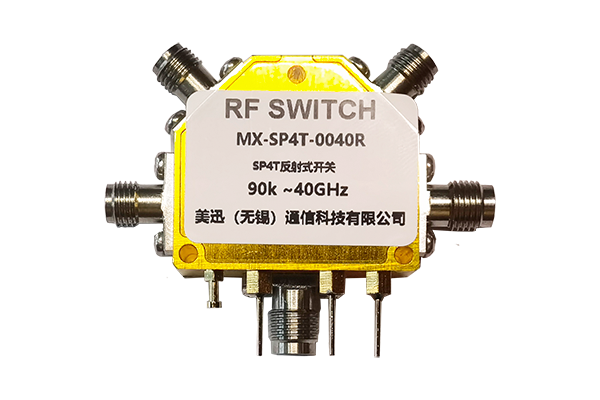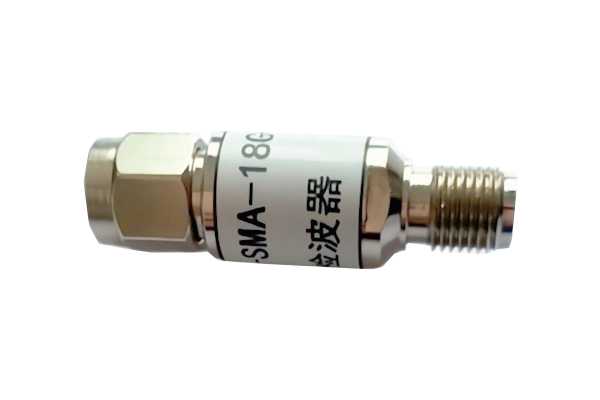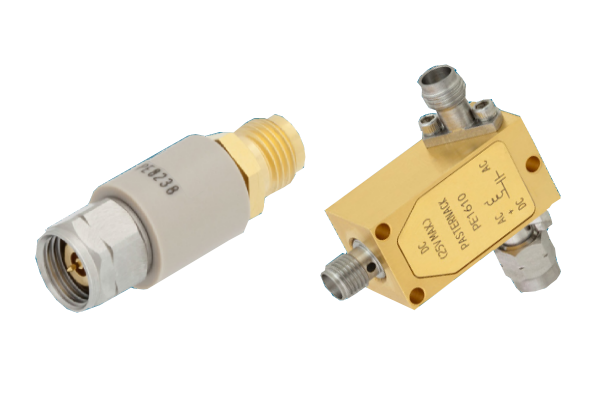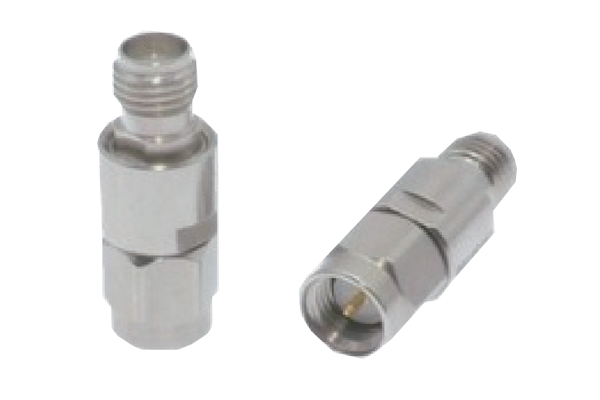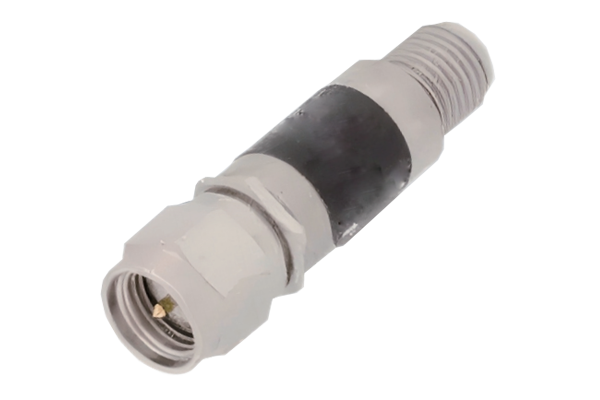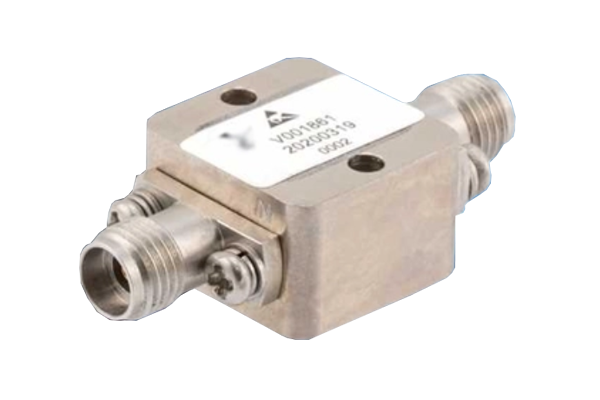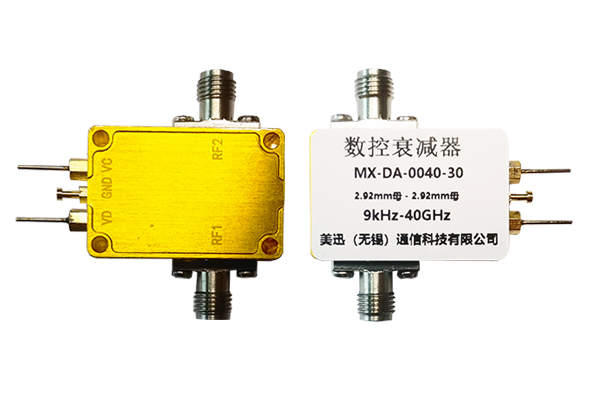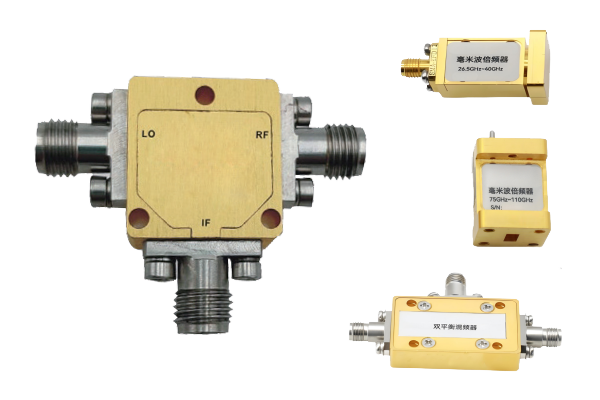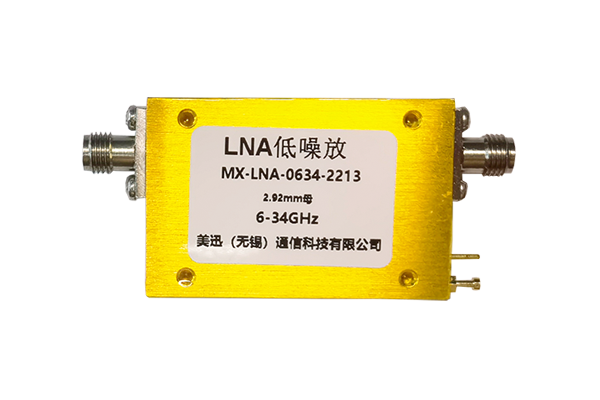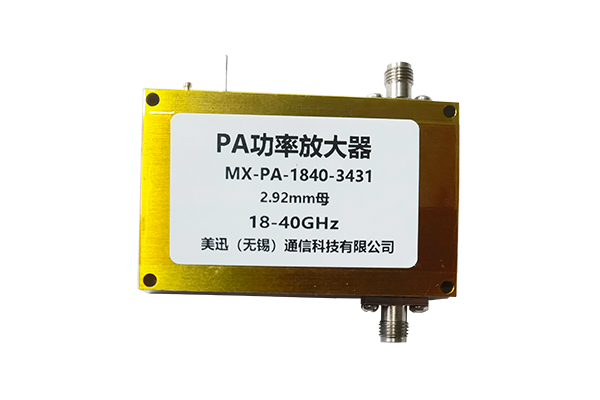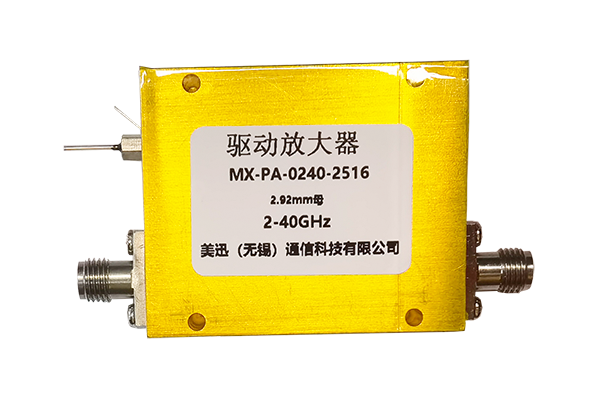Component Selection and Optimization
First, choose PIN diodes with lower series resistance in the on - state. Diodes with a lower resistance will cause less power loss as the signal passes through, reducing attenuation. Additionally, select PIN diodes with better quality factors and optimized doping profiles. These features can minimize internal signal - related losses. For example, diodes with a high - purity semiconductor material and precisely controlled doping concentration often exhibit superior electrical characteristics.
Circuit Design Improvements
Proper impedance matching is crucial. Design the input and output circuits of the PIN diode switch to match the impedance of the transmission lines connected to them. A mismatch can lead to signal reflections, which contribute to attenuation. Use techniques like impedance transformers or stub matching to ensure a good impedance match across the operating frequency range. Also, keep the circuit layout as compact as possible. Long and convoluted traces can introduce additional resistance, capacitance, and inductance, causing signal degradation. Short and direct connections between components help reduce unwanted parasitic effects.
Bias Circuit Optimization
The bias applied to the PIN diode affects its conductivity and, consequently, the signal attenuation. Fine - tune the bias voltage and current to achieve the best - case scenario. An inappropriate bias can cause the diode to operate in a non - optimal region, increasing signal loss. Implement a stable bias circuit with proper filtering to prevent noise from interfering with the bias and degrading the switch's performance.
Environmental Considerations
Maintain the operating environment within the specified temperature and humidity range for the PIN diode switch. Extreme temperatures can alter the electrical properties of the diode, leading to increased attenuation. Provide proper thermal management, such as heat sinks or cooling fans, if necessary. Also, protect the switch from mechanical vibrations and electromagnetic interference, as these factors can disrupt signal integrity and contribute to attenuation




